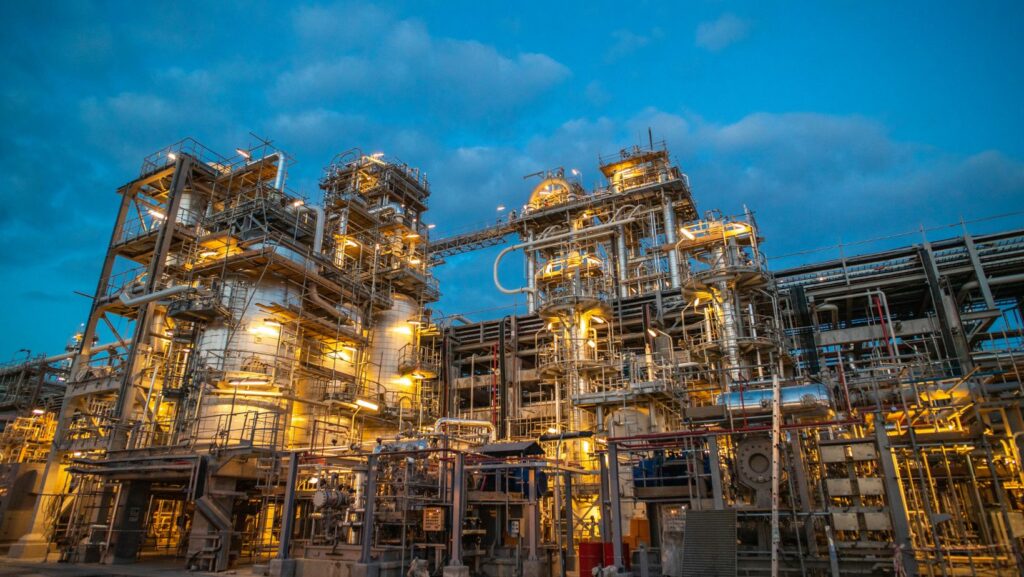The global oil and gas industry supplies essential energy sources for many different sectors and households. Technology is revolutionizing this always changing industry, and satellite communication leads the way in this change. Using satellite technology, connected automobiles in the oil and gas sector are improving safety, operational effectiveness, and Oil & Gas communications. Let’s examine how satellite connection is changing this sector.
Overcoming Communication Challenges of Oil & Gas Communications
In the oil and gas sector especially considering its emphasis on real-time data for safety and efficiency, communication is vital. Reliable communication even in the most far-off and hostile surroundings is made possible by satellite technology. Perfectly merging with SCADA systems, satellite networks provide a continuous data flow. This connectivity lets businesses track activities, interact with field personnel, and quickly handle any problems that could develop.
Built to withstand harsh circumstances, terminals used in the oil and gas sector provide IP68 compatibility that guarantees equipment stays operational even in very severe weather. Maintaining data security depends on private network access, which satellite communication also provides. Customized to the particular requirements of the sector, service-level agreements (SLAs) provide the dependability and confidence needed for seamless operations from satellite networks.
Enhancing Operational Efficiency with Real-Time Data
Real-time monitoring and predictive maintenance are very crucial in the oil and gas sector in addition to Oil & Gas communications, if we are to minimize running costs and downtime. These capabilities become possible by satellite technology, which offers consistent data sources to help proactive decision-making. Companies can predict maintenance requirements, maximize manufacturing processes, and stop expensive equipment failures by including Internet of Things (IoT) devices, sensors, and sophisticated data analytics.

The oil and gas industry is seeing expansion thanks in part to IoT and sensor technology investments. Real-time data from assets and vehicles linked to satellites helps fleet management with optimization, operations be simplified, and production be raised. These gains show the potential of satellite technology to release efficiency throughout the sector as they translate into major cost savings and improved regulatory standard conformance.
Revolutionizing Oil and Gas Operations with IoT
Outside conventional operations, IoT applications linked to satellites are causing waves in the oil and gas sector. IoT technologies offer thorough monitoring and control over many facets of the business, from pipeline integrity management to seismic data collecting. Fleet and asset management has one of the most exciting uses. As linked automobiles are more important for oil and gas operations, satellite networks guarantee their efficient functioning independent of location or environmental conditions.

Additionally supporting worker safety and communication in far-off locations are connected autos fitted with satellite technologies. Thanks to satellite connection, VOIP services help team members to communicate consistently, thereby enhancing a safer and more coordinated workplace. These cutting-edge communication solutions are a great help to oil and gas firms as they provide a complete strategy to handle the complicated demands of the sector.
Unlocking New Levels of Efficiency and Safety
As the oil and gas industry embraces the technology revolution, satellite Oil & Gas communications play an essential role today and in times to come. By connecting cars, assets, and operations through reliable satellite networks, companies can achieve enhanced efficiency, safety, and regulatory compliance. This not only drives operational improvements but also positions the industry to meet the challenges of a dynamic energy landscape. Through the seamless integration of satellite technology, the oil and gas industry is set to continue its journey toward a more connected and efficient future.

